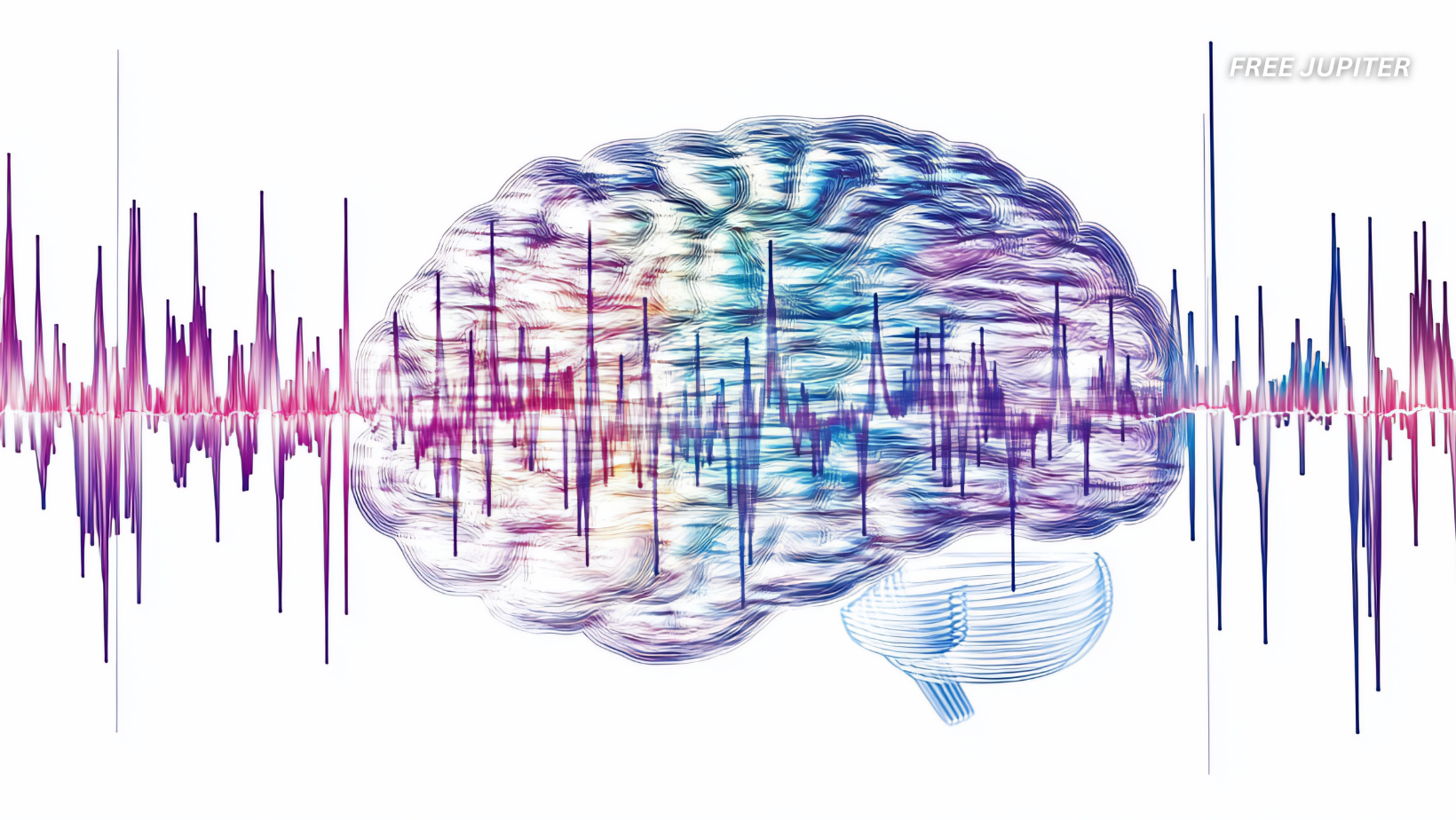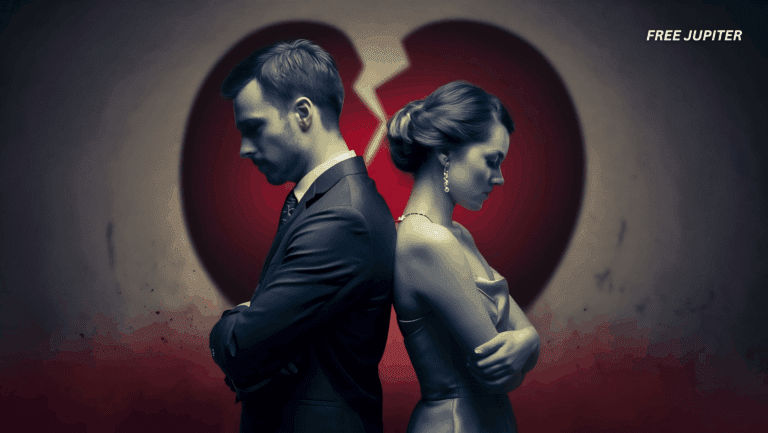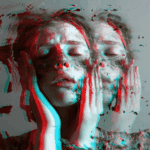Friendly Note: FreeJupiter.com shares general info for curious minds 🌟 Please fact-check all claims—and always check health matters with a professional 💙
Imagine walking into an art gallery and hearing faint, haunting music—only to discover it’s being created not by a speaker, but by living brain cells… from someone who died three years ago.
As surreal as that sounds, it’s the heart of Revivification, an installation currently housed at the Art Gallery of Western Australia. The project is a boundary-pushing fusion of neuroscience, bio-art, and sonic experimentation, and it might just be one of the most thought-provoking ways anyone has ever remembered a musician.
The Man Behind the Mind
Alvin Lucier was no ordinary composer. Known for his experimental and avant-garde approach to sound, Lucier was famous for using the natural world—and his own body—as a musical instrument. One of his best-known works, I Am Sitting in a Room, involves him recording his voice and playing it back repeatedly until the room’s acoustic qualities distort the words into pure tones.
So it’s fitting that even after death, Lucier is still exploring sound—this time, from beyond the biological grave.
Growing Music from Cells
Before his passing in 2021, Lucier teamed up with researchers to begin what many would consider a bizarre and futuristic collaboration. Scientists collected white blood cells from Lucier and reprogrammed them into induced pluripotent stem cells (iPSCs). These are special cells that can be turned into almost any kind of cell in the body—including brain cells.
Using these stem cells, the team grew what are called cerebral organoids—miniature, simplified versions of a human brain. While these organoids don’t have thoughts or memories, they do exhibit the electrical activity characteristic of real neurons. They’re roughly the size of a lentil and float in lab dishes like alien jellyfish, pulsing with micro-signals.
Turning Thoughtless Brains Into Instruments
In the Revivification installation, these organoids are connected to a setup involving transducers and brass plates. As the brain cells fire off random electrical impulses—like static from a faraway radio—those signals are converted into physical vibrations. The vibrations travel through the brass plates, creating resonant sounds. These sounds are not composed in the traditional sense, but they aren’t entirely random either. They reflect the real-time neural chatter happening in Lucier’s lab-grown brain matter.
The result? An ambient, spectral kind of music that feels both organic and otherworldly. The installation isn’t just a performance; it’s a living, breathing soundscape fueled by the cellular remains of a musician.
Read more: Experts Say People Born On These Dates Are Naturally Lucky
Is It Music, Memory, or Something More?
While the project doesn’t claim that Lucier himself is “thinking” through these mini-brains, it does raise unsettling and fascinating questions. For instance:
- Can creativity be embedded in biology?
- Do our cells carry more of our identity than we realize?
- Could this be a new form of artistic legacy—where a person’s actual biological matter continues to generate creative work?
Some scientists are cautious. They emphasize that cerebral organoids, while biologically active, do not have consciousness or self-awareness. They’re not capable of thought, memory, or emotion. Still, the fact that they are alive and responsive is enough to blur lines and spark debate.
Blurring the Line Between Life and Legacy
What makes Revivification so powerful isn’t just the novelty—it’s the emotional and philosophical implications. In a world where artificial intelligence can convincingly mimic human voices, clone famous artworks, and compose music based on algorithms, this installation offers something different: a fusion of the actual biological self with artistic expression.
It’s not a simulation of Lucier. It’s Lucier’s own brain matter, continuing to produce sonic patterns. That shifts the conversation from imitation to continuation. Rather than just preserving a composer’s past work, this project suggests a way for a piece of that composer to keep creating, physically and biologically.
It’s poetic. It’s unsettling. It’s deeply human.
The Basics: What Is Consciousness Supposed to Be?
At its simplest, consciousness refers to your awareness of yourself and the world around you. It’s not just being awake. It’s the subjective experience of living—feeling pain, tasting strawberries, knowing that you exist, and remembering that embarrassing moment in middle school.
But the moment you try to measure it or describe how it emerges from the brain, things get complicated.
Some scientists believe consciousness is just a product of neural activity—a kind of brain-based software that emerges from the hardware of neurons. Others argue that it’s something deeper, maybe even a fundamental force in the universe, like gravity or time. And then there are theories that propose the brain doesn’t generate consciousness at all—it just tunes into it, like a radio picking up invisible signals.
So… still with us?
Theory #1: Integrated Information Theory (IIT)
One popular idea is called Integrated Information Theory (IIT), which suggests consciousness arises from how much information a system can integrate. Think of it like a complex web of connections. The more deeply connected and interactive the parts are, the more likely it is that the system is conscious.
This theory even proposes a scale, called “Φ” (phi), that tries to measure a system’s level of consciousness. In theory, if you calculate a high enough Φ, the system might have some form of awareness.
Sounds neat—until you realize IIT implies that a sufficiently complex computer could be conscious. It also leaves room for strange interpretations, like your phone or even the internet having a tiny bit of awareness. Not everyone’s comfortable with that.
Read more: One Dropped Bag of Cheetos May Have Triggered Ecosystem Chaos in America’s Largest Cave Chamber
Theory #2: Global Workspace Theory (GWT)
Another big contender is Global Workspace Theory. This idea likens the brain to a theater. Many mental processes happen backstage, unseen—like breathing or processing sounds. But when something important hits the “global stage,” it lights up and becomes conscious. In other words, you only become aware of the things your brain “broadcasts” to the center of attention.
It’s kind of like multitasking. You’re doing tons of things in the background, but only a few make it to your actual awareness.
This theory helps explain why we can zone out while driving but still react to danger. It also gives insight into how attention works. But it still doesn’t explain why we feel things or have inner experiences—it just maps where the spotlight might be shining.
So… Which Theory Is Right?
That’s the thing. Nobody knows.
Some researchers think we’re asking the wrong question altogether. What if consciousness isn’t something we can measure directly? What if it’s like trying to measure love with a thermometer?
Others argue we should study consciousness by looking at the lack of it—through brain injuries, anesthesia, or coma states. These offer real-life laboratories for exploring what parts of the brain are essential for awareness. But even here, there’s no consensus. Two patients with similar injuries might have vastly different outcomes.
Meanwhile, philosophers toss their own theories into the ring. Some claim consciousness could be an illusion—that there’s no real “you” behind your eyes, just a convincing set of processes. Others, like panpsychists, believe that everything, from humans to rocks, has some level of awareness. (Yes, even rocks. It’s a wild field.)
Read more: OpenAI’s Most Advanced Models Ignored Explicit Shutdown Orders, Researchers Reveal
Echoes of the Future
As we race into a future where biotechnology and art increasingly overlap, Revivification stands as a quiet, eerie beacon. It whispers questions about immortality, creativity, and the soul—not with words, but with pulses and tones from a dish of living cells.
Will we one day grow the organoids of poets? Painters? Will the next Beethoven be a lab experiment rather than a baby?
No one knows for sure. But Alvin Lucier’s legacy proves that the space between life and death isn’t just a void—it’s a canvas. And sometimes, even the smallest echoes can become a song.










